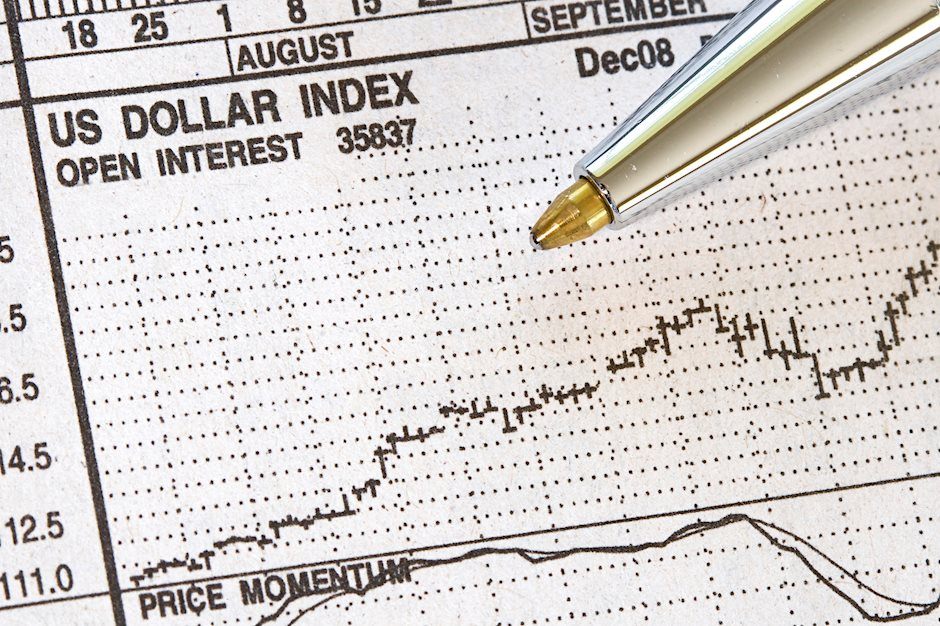US Dollar steady ahead of key data, mixed JOLTS
- US bond yields rise, supported by sentiment favoring Trump in the upcoming US presidential election and cautious Fed stance on future rate cuts.
- Job openings decrease slightly in September to 7.44 million.
- US Housing Prices index from August saw an improvement.

The US Dollar Index (DXY), which measures the value of the USD against a basket of six currencies, extends gains on Tuesday, hitting a three-month high at 104.55. Despite a slight dip in September JOLTS Job Openings, the US labor market remains robust, as indicated by steady hiring and separation rates.
Key economic data releases, including ISM Manufacturing PMI and Nonfarm Payrolls (NFP), are expected this week. The outcome of these releases will be crucial in determining the index's trajectory. The USD remains supported by a resilient economy, but headwinds include Fed caution on inflation and market expectations for rate cuts.
Daily digest market movers: US Dollar rises despite mixed labor data, Trumps odds also help
- The US Dollar (USD) strengthens as positive economic data from last week suggests ongoing resilience in the US economy.
- The CME FedWatch Tool indicates a 95.8% probability of a 25-basis-point rate cut in November, with no anticipation of a larger 50-basis-point reduction. The odds of a cut in December also remain high.
- The US Dollar receives support amid higher US bond yields, driven by market sentiment increasingly favoring Former President Donald Trump in the upcoming US presidential election.
- On the data front, the number of job openings on the last business day of September stood at 7.44 million, below the market expectation of 7.99 million.
- On the positive side, hires and total separations remained stable, while quits and layoffs showed minimal changes.
DXY technical outlook: DXY surges, faces resistance from overbought conditions
The DXY index remains above its 200-day SMA, but the rally faces resistance as overbought conditions emerged. The index is now expected to consolidate, potentially correcting its overbought status. Indicators such as the Relative Strength Index (RSI) remained near overbought levels. Technically, the index cleared gains that had pushed it to a high of around 104.60, which gives further evidence of buying momentum losing steam. Support levels lie at 104.50, 104.30 and 104.00, while resistance levels are located at 104.70, 104.90 and 105.00.
US Dollar FAQs
The US Dollar (USD) is the official currency of the United States of America, and the ‘de facto’ currency of a significant number of other countries where it is found in circulation alongside local notes. It is the most heavily traded currency in the world, accounting for over 88% of all global foreign exchange turnover, or an average of $6.6 trillion in transactions per day, according to data from 2022. Following the second world war, the USD took over from the British Pound as the world’s reserve currency. For most of its history, the US Dollar was backed by Gold, until the Bretton Woods Agreement in 1971 when the Gold Standard went away.
The most important single factor impacting on the value of the US Dollar is monetary policy, which is shaped by the Federal Reserve (Fed). The Fed has two mandates: to achieve price stability (control inflation) and foster full employment. Its primary tool to achieve these two goals is by adjusting interest rates. When prices are rising too quickly and inflation is above the Fed’s 2% target, the Fed will raise rates, which helps the USD value. When inflation falls below 2% or the Unemployment Rate is too high, the Fed may lower interest rates, which weighs on the Greenback.
In extreme situations, the Federal Reserve can also print more Dollars and enact quantitative easing (QE). QE is the process by which the Fed substantially increases the flow of credit in a stuck financial system. It is a non-standard policy measure used when credit has dried up because banks will not lend to each other (out of the fear of counterparty default). It is a last resort when simply lowering interest rates is unlikely to achieve the necessary result. It was the Fed’s weapon of choice to combat the credit crunch that occurred during the Great Financial Crisis in 2008. It involves the Fed printing more Dollars and using them to buy US government bonds predominantly from financial institutions. QE usually leads to a weaker US Dollar.
Quantitative tightening (QT) is the reverse process whereby the Federal Reserve stops buying bonds from financial institutions and does not reinvest the principal from the bonds it holds maturing in new purchases. It is usually positive for the US Dollar.
Author

Patricio Martín
FXStreet
Patricio is an economist from Argentina passionate about global finance and understanding the daily movements of the markets.

















